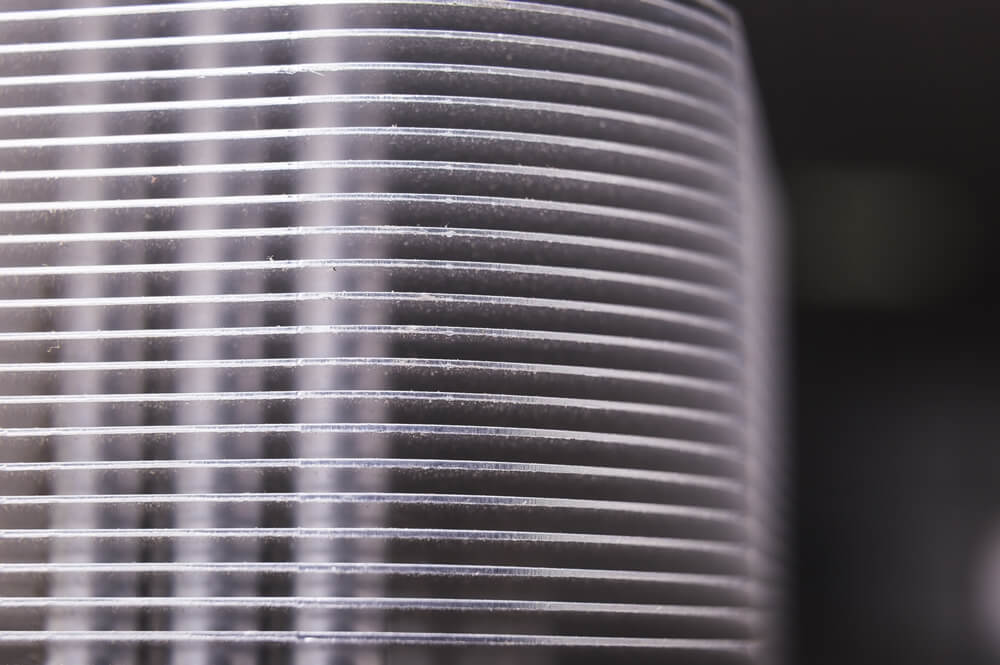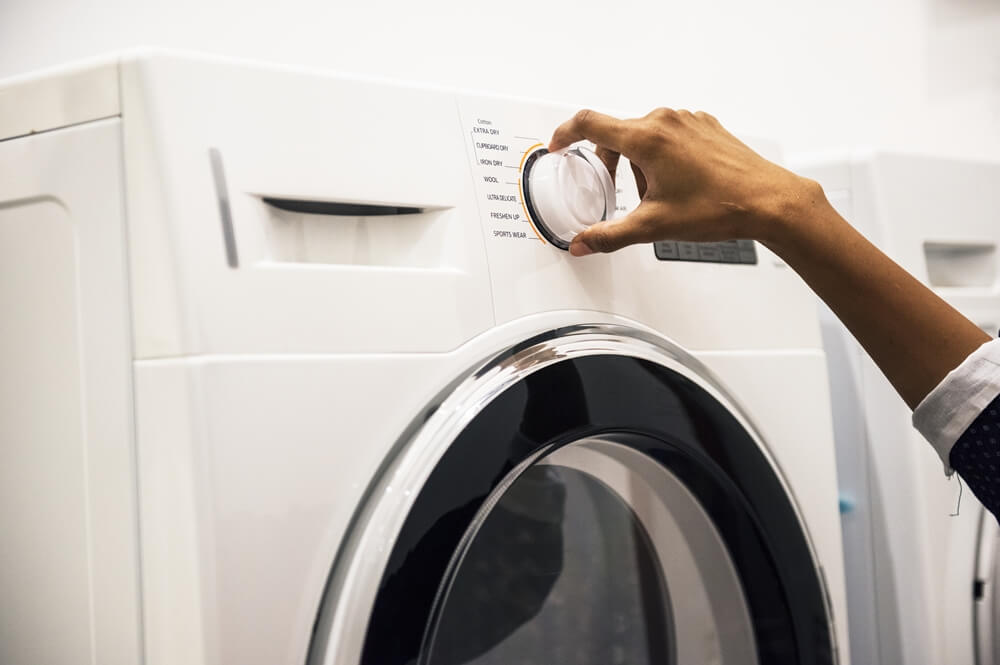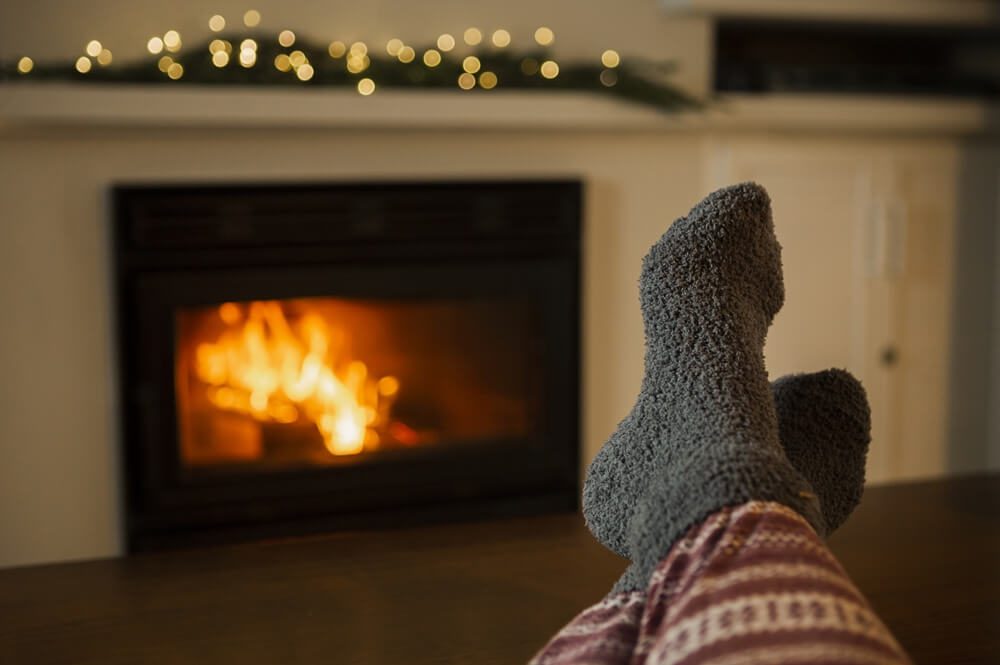general
8 Simple Ways to Save Energy This Fall/Winter in Canada
Fall is here, the leaves are changing colors, and the air is getting colder. It’s a time for cozy nights, but also a time when energy bills start to rise.
Here in Canada, where winters are really cold, heating your home is the biggest energy expense. It makes up about 63% of the energy used in homes, according to a study by Natural Resources Canada.
In the U.S., heating and cooling our homes makeup about 42% of the energy we use at home, according to the Energy Information Administration (EIA). To show you how much winter weather can affect your energy bill, the EIA looked at data from the 2017 winter in the U.S. They found that natural gas bills could go up as much as 16% if it’s 10% colder than expected.
And for electricity, your bill could be about 9% higher on really cold days.
So, how can we save energy this fall and winter?
A lot of people are thinking about ways to save energy at home, especially as winter approaches. A recent study by Environics Research found that 78% of Canadians were looking for ways to save energy in their homes. And according to Statistics Canada, 82% of Canadian households were already using at least one energy-saving practice.
But there’s always more we can do! Every little change you make, like changing your thermostat or using energy-saving light bulbs, can affect the whole picture. The more you do, the more energy you’ll save!
Some energy-saving changes can be big and require some work, but others are really simple and can make a big difference. From small changes around your home to new energy-efficient appliances, you can save money on your energy bills and have a more comfortable winter.
Keep reading to learn 8 simple ways to save energy in Canada this fall and winter.
Let The Sunshine In!

During the winter, sunlight can actually help you save energy. It’s free heat! Just like you might open your windows for a cool breeze in the summer, you can use the sun’s warmth to heat your home in the winter.
Many energy departments recommend opening your curtains on windows that face south during the day. This lets the sunshine in and warms your home. Then, close your curtains at night to keep the warmth inside and prevent the cold from coming in through the windows.
It’s a simple trick, but it can make a real difference in keeping your home comfortable without using as much energy.
Track Your Energy Use

Knowing how much energy you’re using can help you find ways to save money on your bills.
A recent survey by Statistics Canada shows that Canadian households use about 51.5% natural gas and 45.8% electricity. The biggest energy use is for heating our homes, which makes up about 64% of total energy use. Natural gas is still the most common fuel for heating, while water heating is the second biggest energy use in homes. There’s been a growth in using high-efficiency systems and practices like tankless water heaters.
Of course, every home is different, but this information gives you a starting point for figuring out where you use the most energy.
Once you know where your energy is going, you can make changes to your habits and use more energy-efficient options. It’s good for the environment and your wallet!
Keep Your Furnace Filter Clean

Furnaces are the most common type of heating system in North America. But did you know that keeping your furnace filter clean can save you money on your energy bills?
A clean furnace filter means better airflow, which makes your furnace work more efficiently. A study by the NADCA (National Air Duct Cleaners Association) found that dirty filters, clogged coils, and fouled blowers can restrict airflow and increase energy costs.
Experts recommend checking your furnace filter every month, and replacing it if it’s dirty. It’s a simple step that can make a big difference in keeping your furnace running smoothly and saving you money!
Wash Your Clothes at a Lower Temperature

Did you know that heating water to wash your clothes uses up to 90% of the energy your washing machine uses? That’s a lot of wasted energy!
Energy Star says that, unless your clothes have serious stains or oil, warm water doesn’t make a big difference in how clean your clothes get. In fact, cold water can work just as well, especially if you use the right detergent.
Most detergents now are designed to work well in cold water (around 30 degrees Celsius), so there’s no need to wash your clothes in hot water.
More Warm Clothes = Lower Bills

You don’t have to live like someone from the Ice Age, but you can save energy by dressing warmly at home. Experts say that dressing warmly at home can be part of your energy-saving plan. If you keep your body warm with layers, you won’t need to crank up the heat as much. This means you can set your thermostat lower and save money.
You don’t need to look like you’re going skiing, either. Just add a thermal shirt, some cozy socks, a sweater, and maybe a throw blanket. You’ll be surprised how much warmer you feel, and how much you can save.
Is Your Fireplace Costing You More?

Fireplaces can be cozy, but they can also use a lot of energy. If you like to spend winter nights by the fire, it’s good to keep a few things in mind.
Natural Resources Canada recommends installing your thermostat away from your fireplace. If your thermostat is too close to the fireplace, it might think the room is warm enough and turn off the furnace, leaving the rest of your house cold. Fireplaces usually aren’t as efficient as furnaces, so they can use more energy to heat your home.
Remember, fireplaces can be a great way to add warmth and ambiance to your home, but they can also be energy hogs. Use them wisely!
Save Energy on Holiday Lights

As the holidays approach, it’s time to bring out the festive decorations – and that usually means twinkling lights! While those twinkling lights are beautiful, they can use a lot of energy. But don’t worry, you don’t have to skip the decorations!
Choosing LED lights instead of traditional incandescent bulbs can save you a lot of money. The U.S. Department of Energy says that lighting a 6-foot Christmas tree for 12 hours a day for 40 days would cost about $10 with traditional C-9 lights. But with LED lights, it would only cost about $0.27.
LED lights are also safer, cooler, and easier to install.
Seal Up Those Drafts

A lot of heat escapes from our homes through cracks, gaps, and holes in walls, windows, and doors. To save energy, you need to find these leaks and seal them up.
On really cold days, take a close look at your windows. If you see frost or ice forming on the window frames, it’s a sign that air is leaking in and making your home colder. You can also test for drafts by holding your hand or a lit candle near windows and doors to see if you feel a breeze.
If you have drafty windows, you might want to think about replacing them with more energy-efficient windows. But if you don’t want to spend a lot of money right now, there are some simple and inexpensive ways to seal up drafts like window insulator kits or DIY draft stoppers.





 English
English